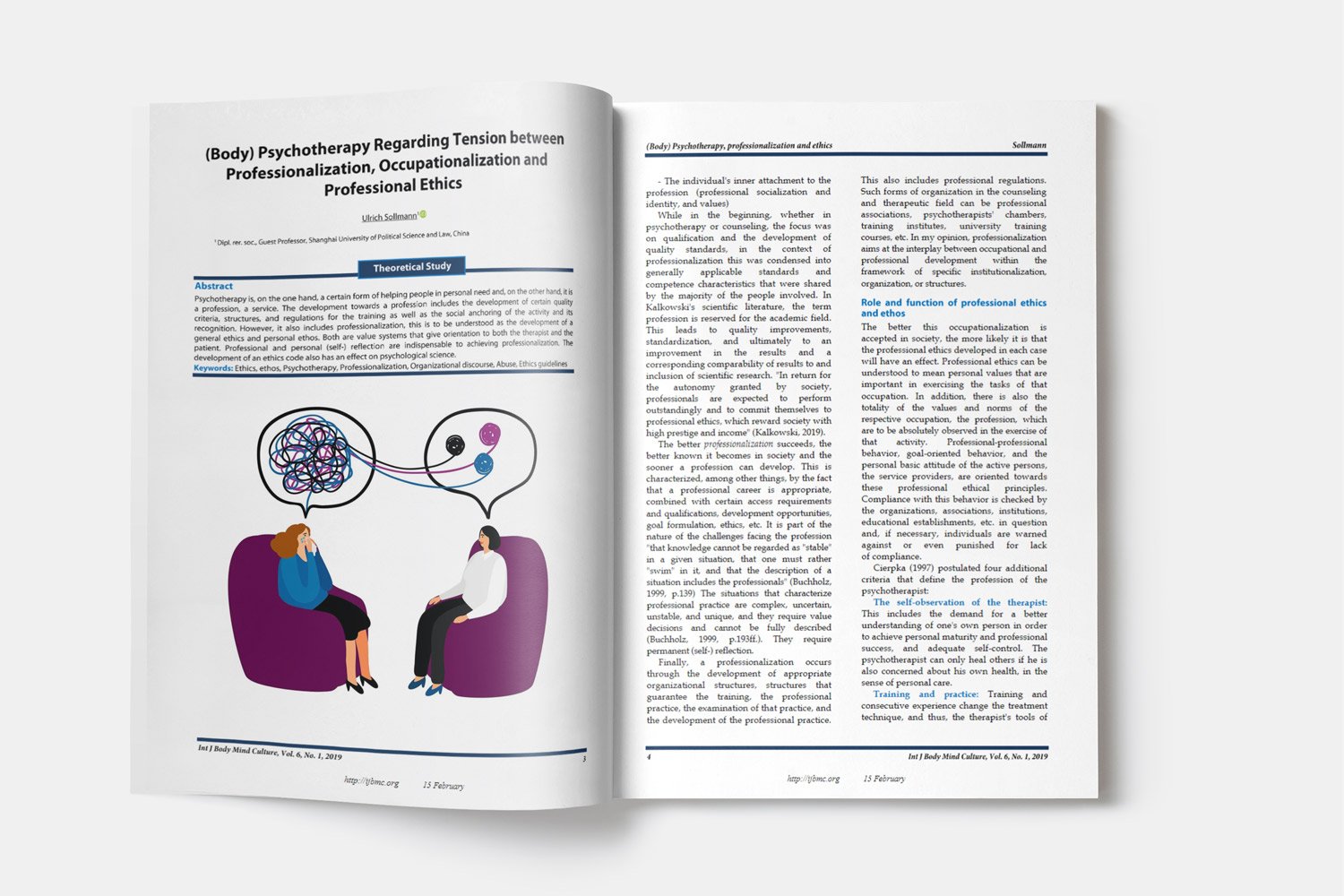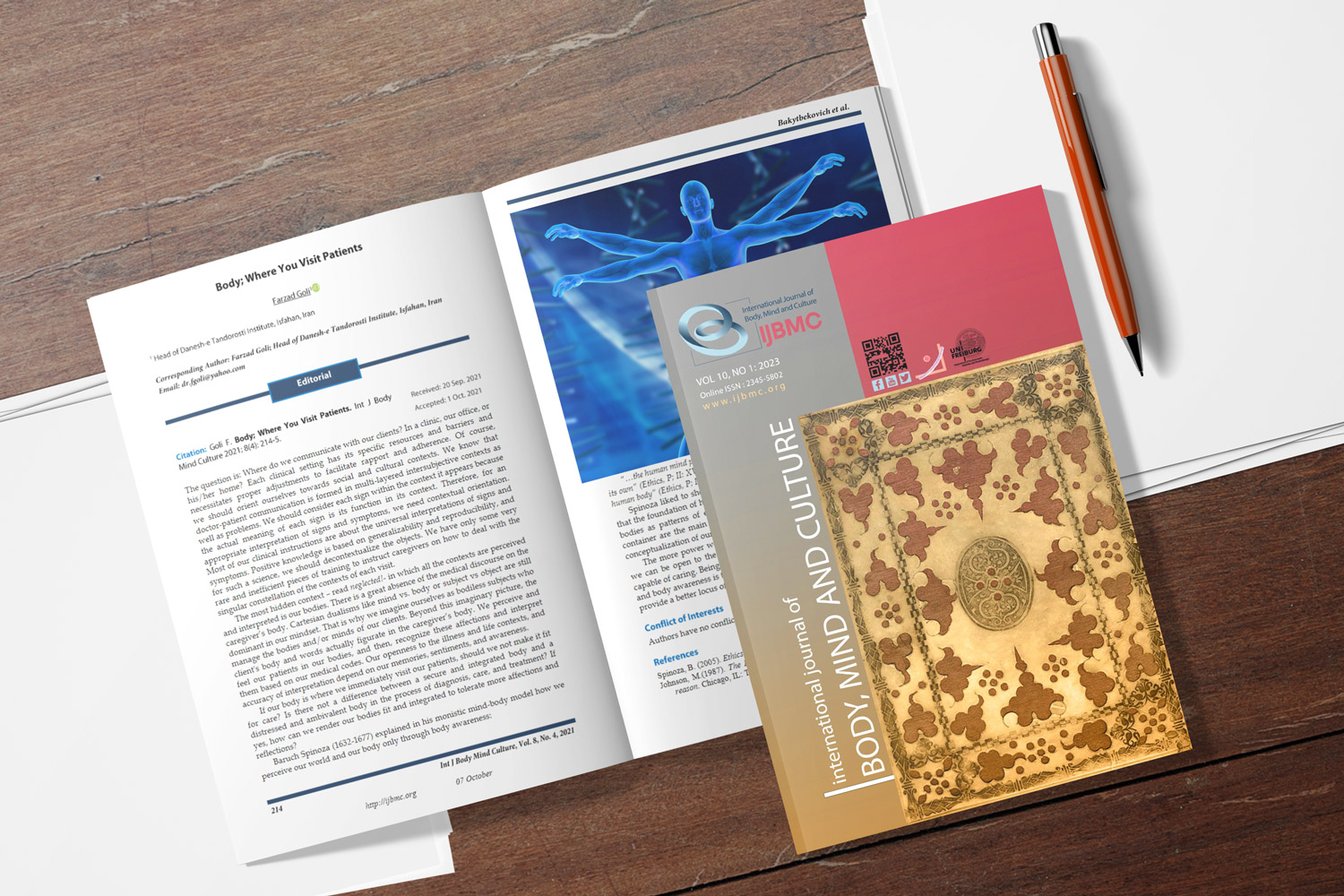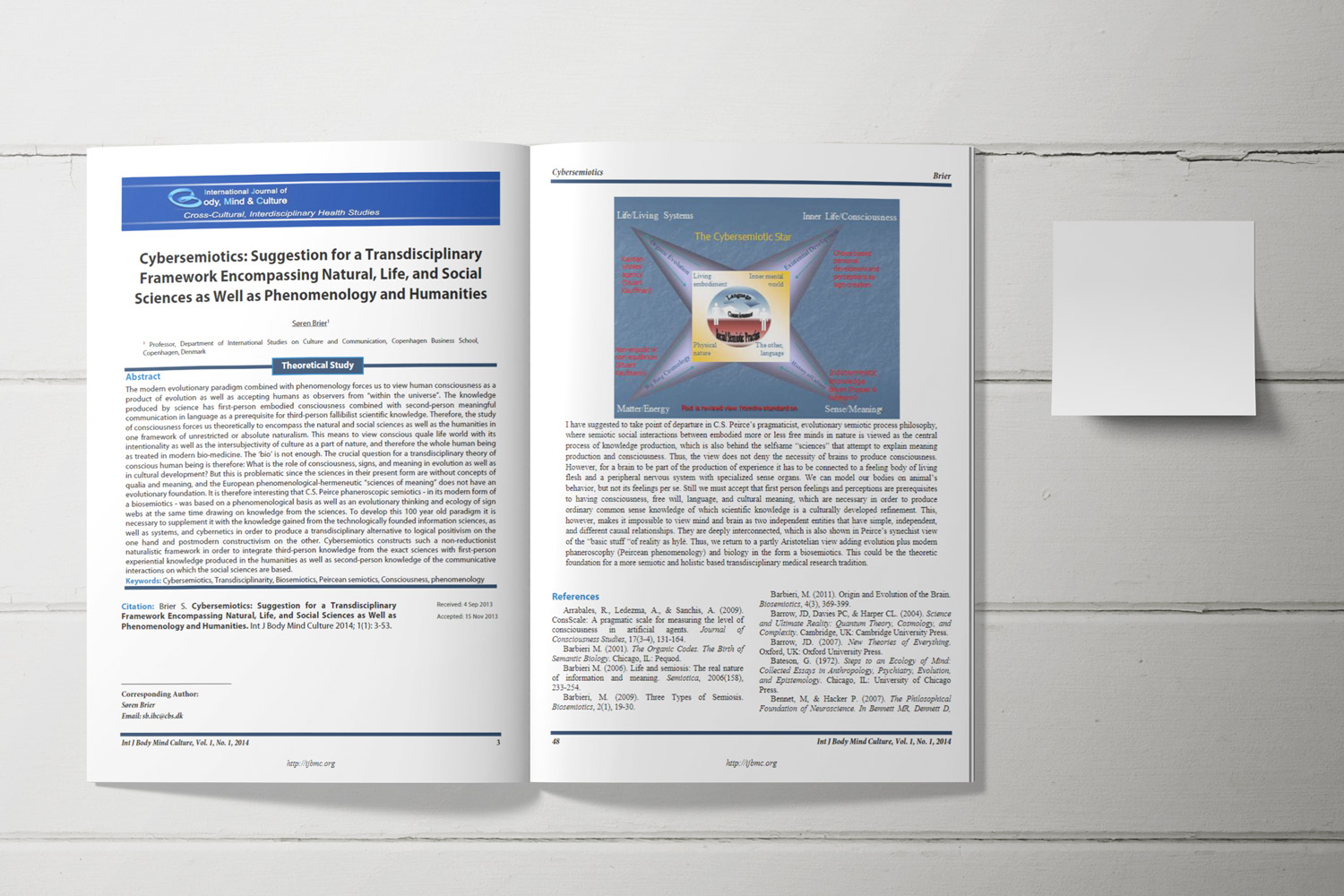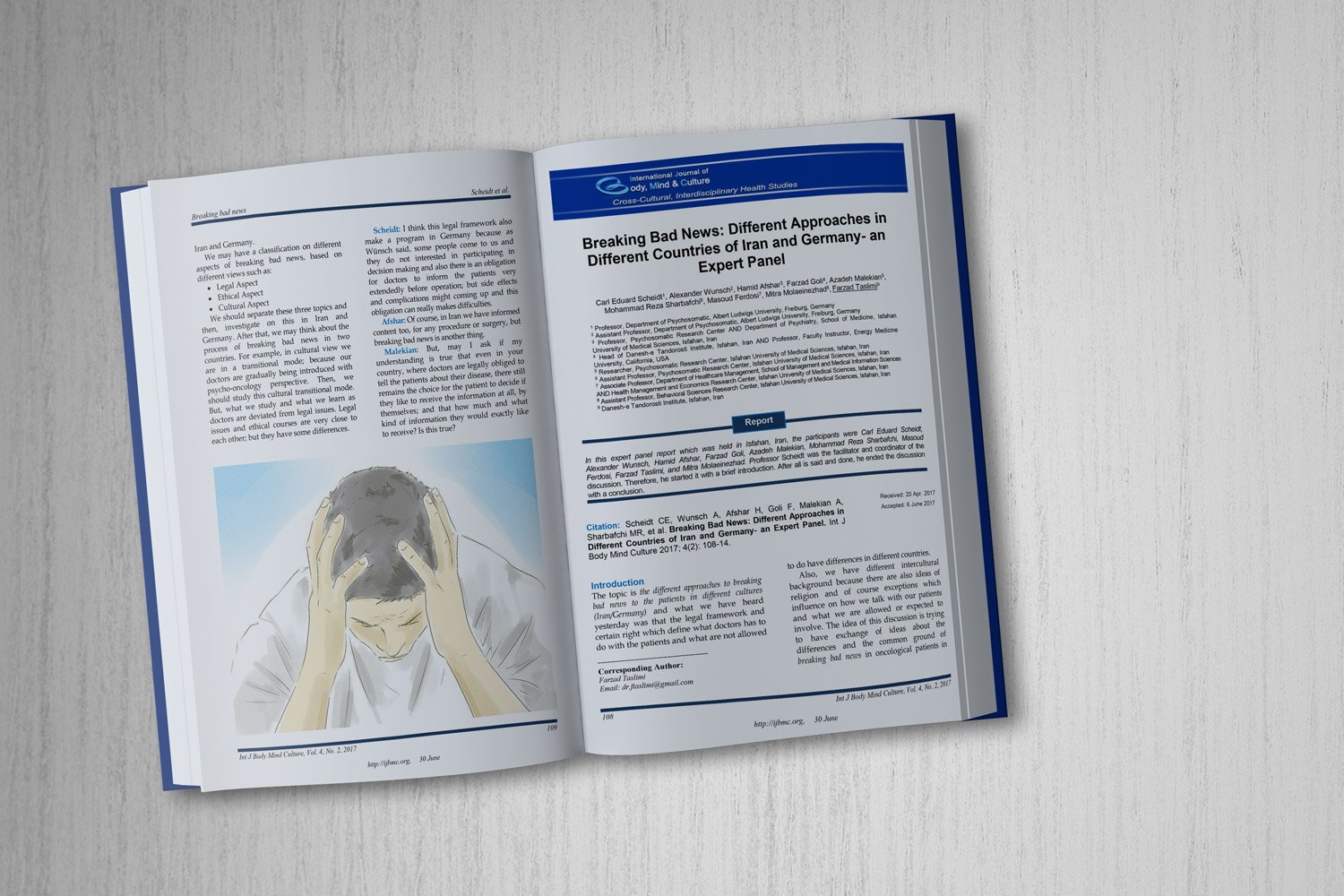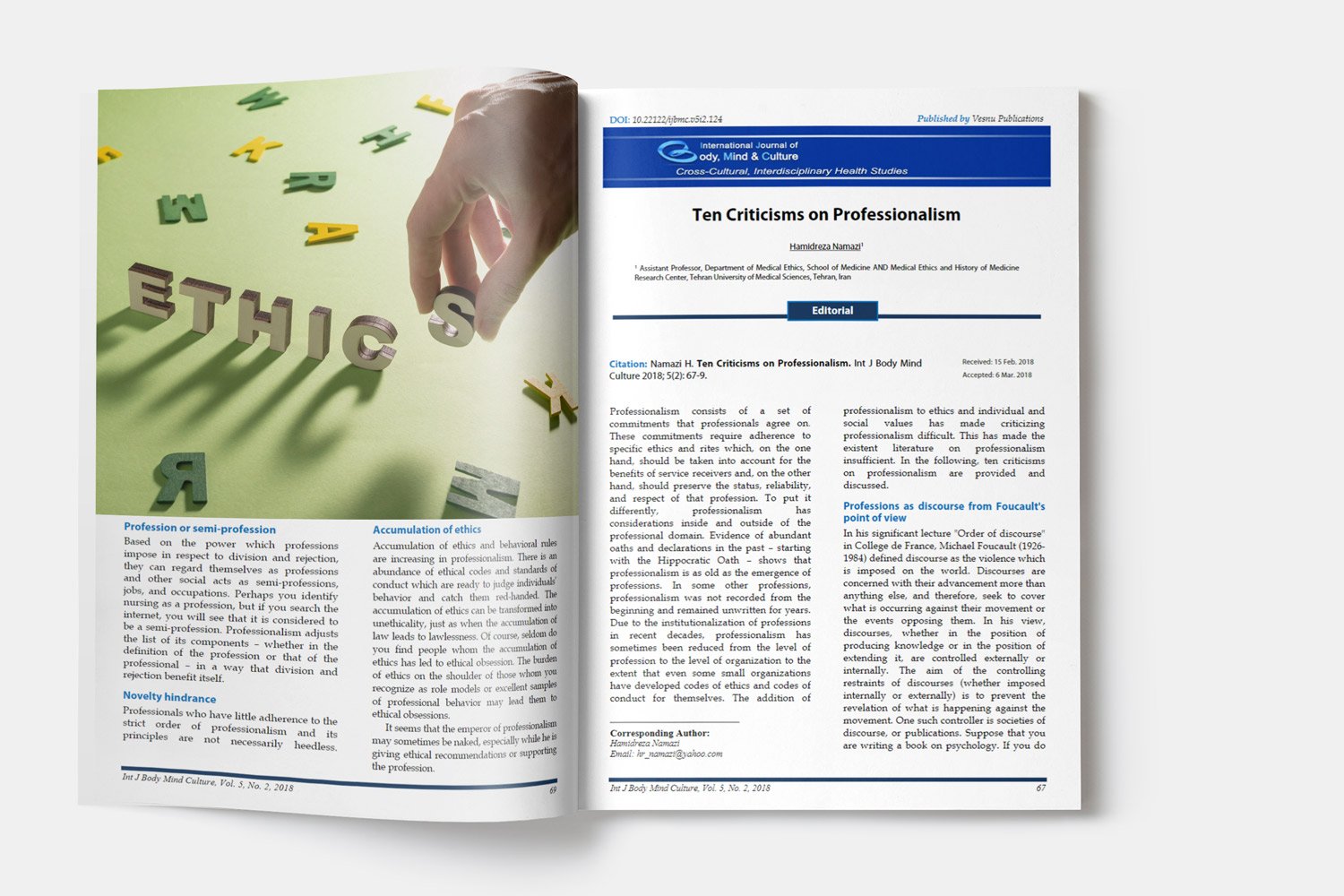Analysis of Pre-Service Teachers' 21st Century Skills in Indonesia by Gender
Downloads
Objective: The aim of this research is to analyze the differences in the skills of 21st century pre-service teachers based on gender.
Methods and Materials: The research method uses comparative. The research population was pre-service teachers at State University of Surabaya totaling 1080 people from 13 study programs. The sampling technique used a sampling quota with the Slovin formula totaling 411 people. The 21st century skills instrument uses a questionnaire. The data analysis used was the independent sample t test.
Findings: In accordance with the results of data processing, it can be explained that there are no differences in almost all dimensions of 21st century skills (critical thinking, collaboration, communication, creativity, digital literacy and social skills) with a sig value > 0,05, except for the leadership dimension, there are differences between male and female (sig 0,015 < 0,05).
Conclusion: Differences between male and female in leadership are caused by leadership positions and cultural factors, where the role of leadership in determining instructional goals, organizational school climate oriented towards learning, and student achievement, which takes into account the socio-cultural context within the scope of the framework.
Downloads
Afandi, S. A. M., & Suryani, N. (2019). Development frameworks of the Indonesian partnership: 21st-century skills standards for prospective science teachers - A Delphi study. Jurnal Pendidikan Ipa Indonesia, 8(1). https://doi.org/10.15294/jpii.v8i1.11647
Alahmad, A., Stamenkovska, T., & Gyori, J. (2021). Preparing Pre-service Teachers for 21st Century Skills Education. GiLE Journal of Skills Development, 1(1). https://doi.org/10.52398/gjsd.2021.v1.i1.pp67-86
Alpaydın, Y., Demirli, C., & Akgün, B. (2020). Educational Theory in the 21st Century. Springer. https://doi.org/10.1007/978-981-16-9640-4
Battaglia, F., Farhan, S. A., Narmeen, M., Karimuddin, A. A., Jalal, S., Tse, M., & Khosa, F. (2020). Does gender influence leadership roles in academic surgery in the United States of America? A cross-sectional study. International Journal of Surgery, 83, 67-74. https://doi.org/10.1016/j.ijsu.2020.08.029
Chalkiadaki, A. (2018). A systematic literature review of 21st-century skills and competencies in primary education. International Journal of Instruction, 11(3). https://doi.org/10.12973/iji.2018.1131a
Diquito, T. J., Anter, M. C. J., Bulonos, N. J., Fernando, M. R., & et al. (2022). a Survey of 21St Century Skills Acquisition Among the Preservice Teachers of Teacher Education Programs Implementing Deeper Learning and 21st Century Education Reforms Building an Education Renaissance After a Global Pandemic. European Journal of Open Education and E-learning Studies, 7(2), 59-72. https://doi.org/10.46827/ejoe.v7i2.4368 10.1007/978-3-030-57039-2
González‐pérez, L. I., & Ramírez‐montoya, M. S. (2022). Sustainability (Switzerland), 14(3). https://doi.org/10.3390/su14031493
Gündüzalp, S. (2021). 21st Century Skills for Sustainable Education: Prediction Level of Teachers' Information Literacy Skills on Their Digital Literacy Skills. Discourse and Communication for Sustainable Education, 12(1). https://doi.org/10.2478/dcse-2021-0007
Häkkinen, P., Järvelä, S., Mäkitalo-Siegl, K., Ahonen, A., Näykki, P., & Valtonen, T. (2017). Preparing teacher-students for twenty-first-century learning practices (PREP 21): a framework for enhancing collaborative problem-solving and strategic learning skills. Teachers and Teaching: Theory and Practice, 23(1). https://doi.org/10.1080/13540602.2016.1203772
Hilliker, S. M., & Loranc, B. (2022). Development of 21st-century skills through virtual exchange. Teaching and Teacher Education, 112. https://doi.org/10.1016/J.TATE.2022.103646
Howard, S. K., Tondeur, J., Ma, J., & Yang, J. (2021). What to teach? Strategies for Developing Digital Competency in Preservice Teacher Training. JO - Computers & Education. 165. https://doi.org/10.1016/J.COMPEDU.2021.104149
Iranifard, E., & Roudsari, R. L. (2022). Comparative Research: An Old Yet Unfamiliar Method. https://doi.org/10.22038/jmrh.2022.66873.1954
Kain, C., Koschmieder, C., Matischek-Jauk, M., & Bergner, S. (2024). Mapping the landscape: A scoping review of 21st century skills literature in secondary education. Teaching and Teacher Education, 151. https://doi.org/10.1016/J.TATE.2024.104739
Karol, D. L., Sheriff, L., Jalal, S., Ding, J., Larson, A. R., Trister, R., & Khosa, F. (2021). Gender disparity in dermatologic society leadership: A global perspective. International Journal of Women's Dermatology, 7(4), 445-450. https://doi.org/10.1016/j.ijwd.2020.10.003
Kaur, C., Singh, S., Ong, E. T., Singh, T., & Singh, M. M. (2020). Quality Teachers of the 21st Century: An Overview of Theories and Practice. International Journal of Innovation, Creativity and Change, 13. https://doi.org/10.1108/IJICC-08-2020-0096
Kim, S., Raza, M., & Seidman, E. (2019). Improving 21st-century teaching skills: The key to effective 21st-century learners. Research in Comparative and International Education, 14(1), 99-117. https://doi.org/10.1177/1745499919829214
Kuloğlu, A., & Karabekmez, V. (2022). The Relationship Between 21st-century Teacher Skills and Critical Thinking Skills of Classroom Teachers. International Journal of Psychology and Educational Studies, 9(1), 91-101. https://doi.org/10.52380/ijpes.2022.9.1.551
List, A., Brante, E. W., & Klee, H. L. (2020). A framework of pre-service teachers' conceptions about digital literacy: Comparing the United States and Sweden. Computers & Education, 148. https://doi.org/10.1016/J.COMPEDU.2019.103788
Ongardwanich, N., Kanjanawasee, S., & Tuipae, C. (2015). Development of 21st Century Skill Scales as Perceived by Students. Procedia - Social and Behavioral Sciences, 191, 737-741. https://doi.org/10.1016/j.sbspro.2015.04.716
Reimers, F. M. (2021). Implementing deeper learning and 21st-century education reforms: Building an education renaissance after a global pandemic. Springer Nature. https://library.oapen.org/handle/20.500.12657/42936
Reyes, V. C., Reading, C., Doyle, H., & Gregory, S. (2017). Integrating ICT into teacher education programs from a TPACK perspective: Exploring perceptions of university lecturers. Computers & Education, 115, 1-19. https://doi.org/10.1016/J.COMPEDU.2017.07.009
Roshid, M. M., & Haider, M. Z. (2024). Teaching 21st-century skills in rural secondary schools: From theory to practice. Heliyon, 10(9). https://doi.org/10.1016/J.HELIYON.2024.E30769
Scherer, R., Siddiq, F., Howard, S. K., & Tondeur, J. (2023). Gender divides in teachers' readiness for online teaching and learning in higher education: Do women and men consider themselves equally prepared? Computers & Education, 199. https://doi.org/10.1016/J.COMPEDU.2023.104774
Sepriyanti, N., Nelwati, S., Kustati, M., & Afriadi, J. (2022). The Effect Of 21st-Century Learning On Higher-Order Thinking Skills (Hots) And Numerical Literacy Of Science Students In Indonesia Based On Gender. Jurnal Pendidikan Ipa Indonesia, 11(2), 314-321. https://doi.org/10.15294/jpii.v11i2.36384
Spector, J. M., Merrill, M. D., Elen, J., & Bishop, M. J. (2014). Handbook of research on educational communications and technology: Fourth edition. Handbook of Research on Educational Communications and Technology: Fourth Edition. https://doi.org/10.1007/978-1-4614-3185-5
Sulaiman, J., & Ismail, S. N. (2020). Teacher competence and 21st century skills in transformation schools 2025 (TS25). Universal Journal of Educational Research, 8(8), 3536-3544. https://doi.org/10.13189/ujer.2020.080829
Timenko, M. (2021). 21st Century SKILLS IN SCHOOL EDUCATION IN THE UNITED KINGDOM. ТHE SOURCES OF PEDAGOGICAL SKILLS, 26. https://doi.org/10.33989/2075-146x.2020.26.227654
Valtonen, T., Hoang, N., Sointu, E., Näykki, P., Virtanen, A., Pöysä-Tarhonen, J., Häkkinen, P., Järvelä, S., Mäkitalo, K., & Kukkonen, J. (2021). How pre-service teachers perceive their 21st-century skills and dispositions: A longitudinal perspective. Computers in Human Behavior, 116. https://doi.org/10.1016/j.chb.2020.106643
van Laar, E., van Deursen, A. J. A. M., van Dijk, J. A. G. M., & de Haan, J. (2020a). Determinants of 21st-Century Skills and 21st-Century Digital Skills for Workers: A Systematic Literature Review. Sage Open, 10(1). https://doi.org/10.1177/2158244019900176
van Laar, E., van Deursen, A. J. A. M., van Dijk, J. A. G. M., & de Haan, J. (2020b). Measuring the levels of 21st-century digital skills among professionals working within the creative industries: A performance-based approach. Poetics, 81, 101434. https://www.sciencedirect.com/science/article/pii/S0304422X19300956
Varas, D., Santana, M., Nussbaum, M., Claro, S., & Imbarack, P. (2023). Teachers' strategies and challenges in teaching 21st-century skills: Little common understanding. Thinking Skills and Creativity, 48. https://doi.org/10.1016/J.TSC.2023.101289
Zhong, Y., Guo, K., Su, J., Chu, S. K. W., & Zubaidah, S. (2022). The impact of esports participation on the development of 21st century skills in youth: A systematic review 21st Century Skills: Skills Taught Through Learning. Computers & Education, 191, 1-17. https://doi.org/10.1016/J.COMPEDU.2022.104640
Copyright (c) 2025 International Journal of Body, Mind and Culture

This work is licensed under a Creative Commons Attribution-NonCommercial 4.0 International License.










